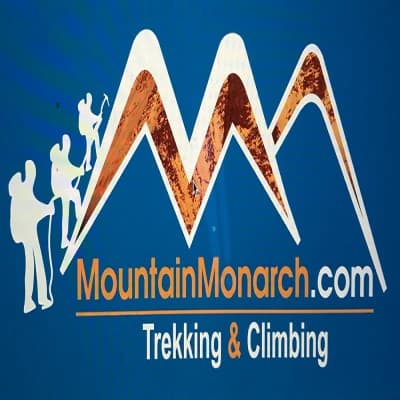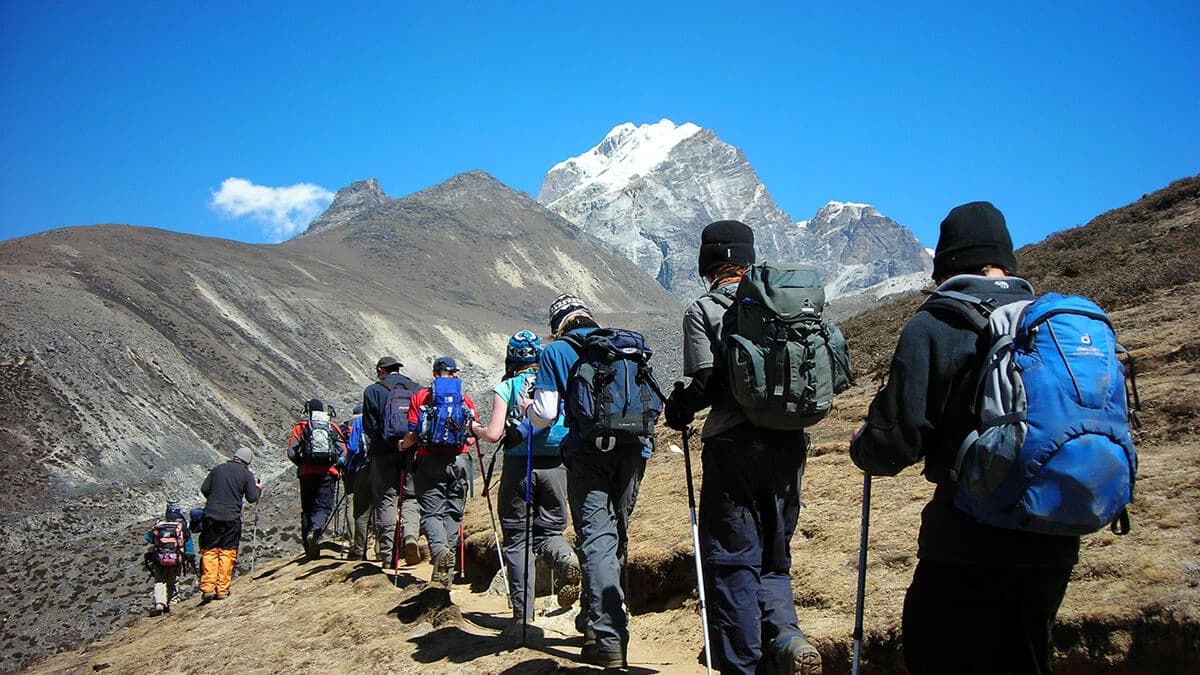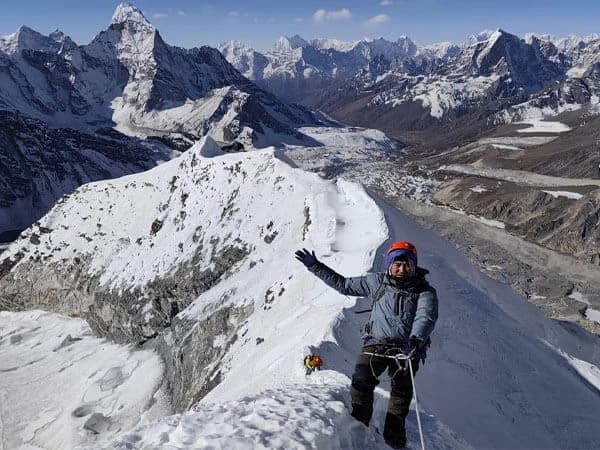Trekking in Nepal is relatively easy, as most routes, including the Everest base camp trek, take the path the locals use for daily travel. The people you will meet on the trek routes are very friendly and easily offer help. However, Nepal is a country of variety, so depending on where you are going, you may need to prepare and change your luggage.
Must-Know Things Before Going on a Trek in Nepal
Planned Contingency Days:
With time getting so scarce, many people squeeze a trek into the holidays they have. However, it is a good idea to have some contingency days. Mountain flights in Nepal are sometimes delayed and canceled due to bad weather or fog. Also, you may need an extra day to acclimatize on a high-altitude trek. What if everything goes as planned, and you return to your base early? When the walk ends, there are plenty of things to do around Kathmandu and Pokhara. From short hikes, cycling trips, and city tours to the spa and great shopping, or anything in between would occupy your free time.
Local Guides and Porters:
Taking a guide with you on a trek is always a good idea. The guide knows the route well, plans the trip accordingly, and is well-acquainted with the local language, customs, and traditions. However, if you are one of those wanderers who want to make the trip with a map, this is possible on popular trek routes. First-timers are highly recommended to take a guide. You can hire porters if you intend to travel with loads of stuff. The Sherpas are people living in high altitudes for a long time and are well-acclimatized. Sherpa guides are very reliable for high-altitude treks.
Drinking-Water:
Bottled drinking water can be easily purchased on any popular trekking route in Nepal. There are water stations that even supply purified water for a small price. However, water purifiers are good if you intend to drink directly from springs or go camping in remote areas. Alternatively, you can tell the cook staff to boil the drinking water. Keep the hot water in a bag to keep you warm throughout the night in the cold!
Acute Mountain Sickness (AMS):
AMS or altitude sickness happens in high altitudes when the body is not adequately adapted to the lower oxygen levels. The illness is fatal in its higher stages and should be taken care of at the proper time. If you are trekking at a steady pace and short elevations (about 400m a day), staying hydrated and warm, eating a healthy diet, and getting proper rest and sleep, AMS should be no problem. Medicines like Diamox prepare the body quickly for higher altitudes but have some side effects. It is best to descend to a lower altitude, drink plenty of soup, and rest once you get AMS. Trekkers take separate days for acclimatization, hike to a higher altitude, usually a hill with a beautiful view, and stay where they stayed the night before.
Trekking Gear:
For most treks in Nepal, a pair of good trekking boots, a comfortable backpack, and clothes suitable for the season would work out well. However, if you are going above 3,000m and crossing a high pass, you need to carry other gear like trekking poles, ropes, warm clothes, sleeping bags, etc. Due to the significant difference in altitude in a trek, climatic conditions and temperature vary greatly. Therefore, it is a good idea to check the trek requirements and ask for guidance from your guide or any trekking agency.





